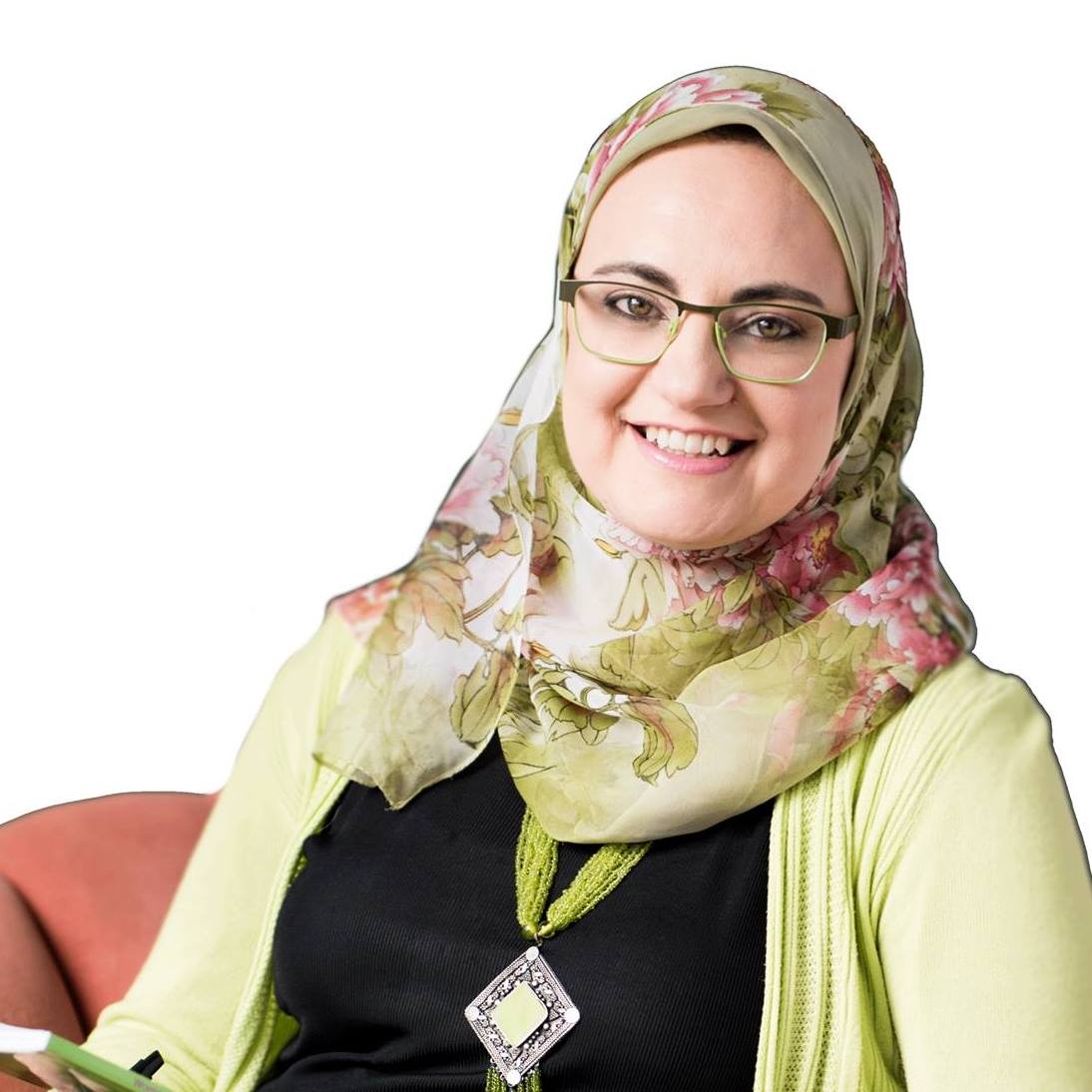
Reframing the Suffering Narrative: Can Affliction Direct Us to Our Calling?
Introduction
Physical suffering in the Qur’an and hadith
Physical suffering in the eyes of the four major Islamic schools of theology
Weaving the suffering narrative
The role of the practitioner
Conclusion
Notes
[1] Abū Ḥāmid Muhammad, Al-.Ghazālī, Deliverance From Error: Five Key Texts Including His Spiritual Autobiography, al-Munqidh min al- Ḍalāl, trans. R.J. McCarthy (Louisville, KY: FonsVitae, 1980).
[2] Majed A. Ashy, “Health and Illness from an Islamic Perspective,” Journal of Religion and Health 38, no. 3 (1999).
[3] Chaïma Ahaddour and Bert Broeckaert, “For Every Illness There is a Cure: Attitudes and Beliefs of Moroccan Muslim Women Regarding Health, Illness, and Medicine,” Journal of Religion and Health 56 (2017).
[4] Azi Berzengi, Latef Berzenji, Aladdin Kadim, and Falah Mustafa, “Role of Islamic Appraisals, Trauma-Related Appraisals, and Religious Coping in the Posttraumatic Adjustment of Muslim Trauma Survivors,” Psychological Trauma: Theory, Research, Practice, and Policy 9, no. 2 (2017): 189–197.
[5] Ahaddour and Broeckaert, “For Every Illness There is a Cure.”
[6] Abdulaziz Sachedina, “Can God Inflict Unrequited Pain On His Creatures? Muslim Perspectives On Health And Suffering,” in Religion, Health, and Suffering, ed. John R. Hinnells and Roy Porter (London, New York: Routledge, 1999), 65-84.
[7] Ibid.
[8] Amira Ayad, Healing Body & Soul: Your Guide to Holistic Wellbeing Following Islamic Teachings (Riyadh: Islamic International Publishing House, 2008).
[9] Sachedina, “Can God Inflict Unrequited Pain On His Creatures?”
[10] Ibid.
[11] Sherman Jackson, Islam and the Problem of Black Suffering (Oxford: Oxford University Press, 2014), 52.
[12] Ibid., 51.
[13] Ibid., 52.
[14] Jon Hoover, Ibn Taymiyya’s Theodicy of Perpetual Optimism (Boston: Brill, 2007), 70-74.
[15] Jackson, Islam and the Problem of Black Suffering, 61.
[16] Ibid., 62-64.
[17] Ibid., 76-77.
[18] Sachedina, “Can God Inflict Unrequited Pain On His Creatures?”
[19] J. Meric Pessagno, “The Uses of Evil in Maturidian Thought,” Studia Islamica 60 (1984): 59-82.
[20] Jackson, Islam and the Problem of Black Suffering, 106.
[21] Pessagno, “The Uses of Evil in Maturidian Thought.”
[22] Jackson, Islam and the Problem of Black Suffering, 109.
[23] Ibid.
[24] Pessagno, “The Uses of Evil in Maturidian Thought.”
[25] Jackson, Islam and the Problem of Black Suffering, 149.
[26] Ibid., 148, 150.
[27] Jon Hoover, Ibn Taymiyya’s Theodicy of Perpetual Optimism (Boston: Brill, 2007), 70-73.
[28] Ibid., 74.
[29] Ibid., 74-102.
[30] Jackson, Islam and the Problem of Black Suffering, 148, 150.
[31] Hoover, Ibn Taymiyya’s Theodicy, 209.
[32] Ibid., 209-229.
[33] Jackson, Islam and the Problem of Black Suffering, 146-47.
[34] Ibn ʿAṭā’ Allah as-Sakandarī, The Book of Wisdoms: A Collection of Sufi Aphorisms, Trans. Victor Danner (London: White Thread Press: 2014), 180.
[35] Ibid.
[36] Abdulaziz Sachedina, “Can God Inflict Unrequited Pain On His Creatures? Muslim Perspectives On Health And Suffering,” 65-84.
[37] Nuh Keller, Suffering and Divine Wisdom, Seekers Guidance, July 31, 2011, https://www.seekersguidance.org/answers/general-counsel/suffering-and-divine-wisdom/ (accessed March 20, 2019).
[38] Ibid.
[39] Abdullah Al-Ansary Al-Harawy, Manāzil al-Sāʾirīn (Beirut: Dār Al-Kutub Al-ʿilmiyyah, 1988).
[40] Arthur W. Frank, The Wounded Storyteller: Body, Illness, and Ethics (Chicago: University of Chicago Press, 1995).
[41] Ibid., 112.
[42] Jackson, Islam and the Problem of Black Suffering, 110.
[43] Alice Morgan, What is Narrative therapy? An Easy-to-Read Introduction (Adelaide, Australia: Dulwich Centre Publication, 2000).
[44] Sachedina, “Can God Inflict Unrequited Pain On His Creatures?”
[45] Jackson, Islam and the Problem of Black Suffering.
[46] Amira Ayad, Body Whispers: Unraveling the Emotional & Spiritual Root of Illness and Restoring Energy & Vitality (New York: Createspace, 2015).
[47] Frank, The Wounded Storyteller, 115.
[48] Ibid., 117-119.
[49] Joseph Campbell, The Hero with a Thousand Faces (California: Princeton University Press, 1972).
[50] Jackson, Islam and the Problem of Black Suffering.
[51] Abū Ḥāmid Muhammad Al-Ghazālī, ʾIḥyāʾa ʿUlūm al-Dīn (Bairut: Dār al-Fikr, 2016).
[52] Jackson, Islam and the Problem of Black Suffering, 77.
[53] Frank, The Wounded Storyteller, 113, 120.
[54] Sina Hafizi, Harold G. Koenig, Mohammad Arbabi, Mohammad Pakrah, and Amene Saghazadeh, “Attitudes of Muslim Physicians and Nurses Toward Religious Issues,” Journal of Religion and Health 53 (2014): 1374–1381.
[55] Cynthia Joan Patel and Armas E. Shikongo, “Handling Spirituality/Religion in Professional Training: Experiences of a Sample of Muslim Psychology Students,” Journal of Religion and Health 45, no. 1 (2006).
[56] Paul Gilbert, Depression and Powerlessness (New York: Routledge, 2009).
[57] Martin E. P. Seligman, Flourish: A Visionary New Understanding of Happiness and Well-being (New York: Free Press Simon & Schuster, 2011).
[58] Jackson, Islam and the Problem of Black Suffering.
[59] Frank, The Wounded Storyteller.
